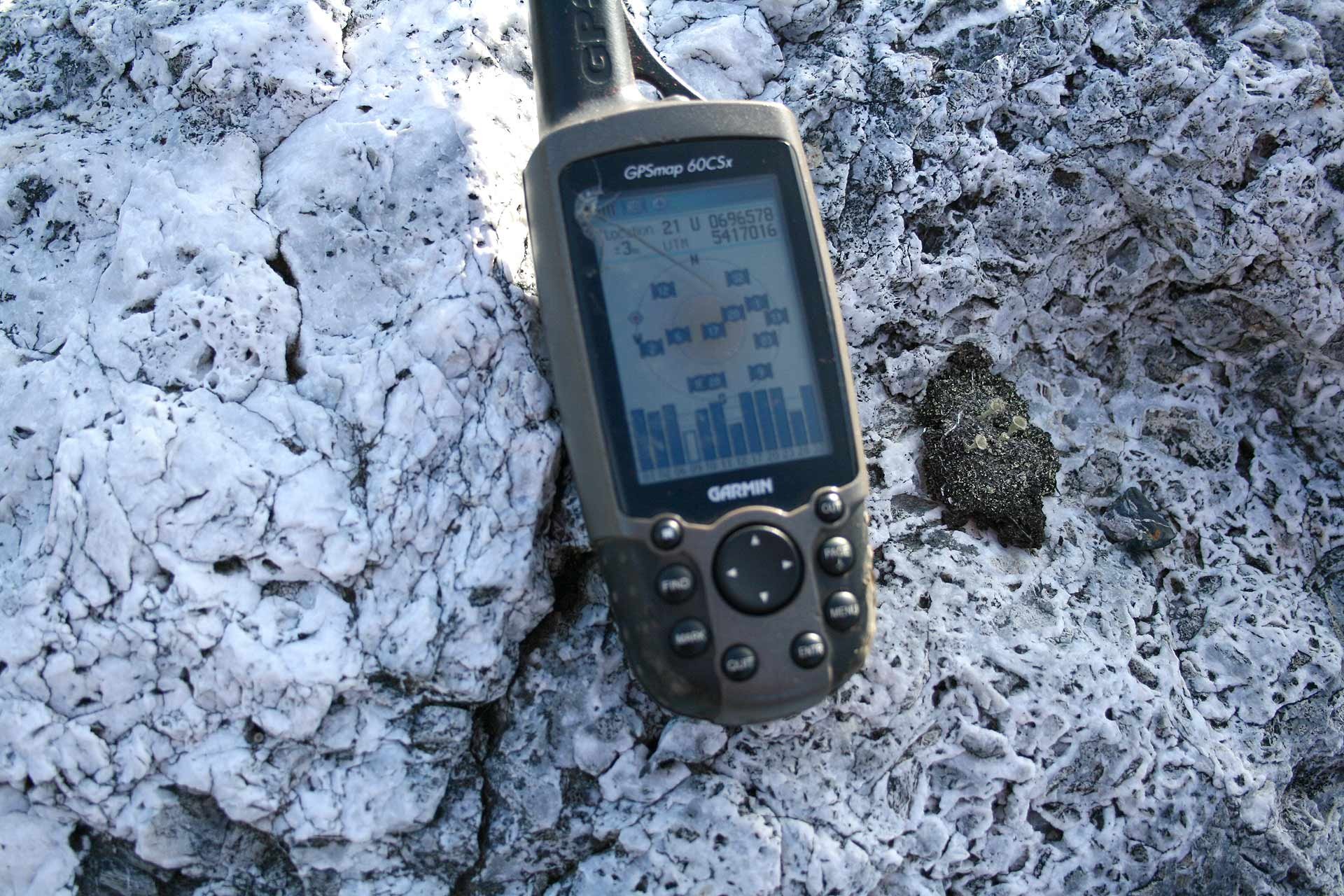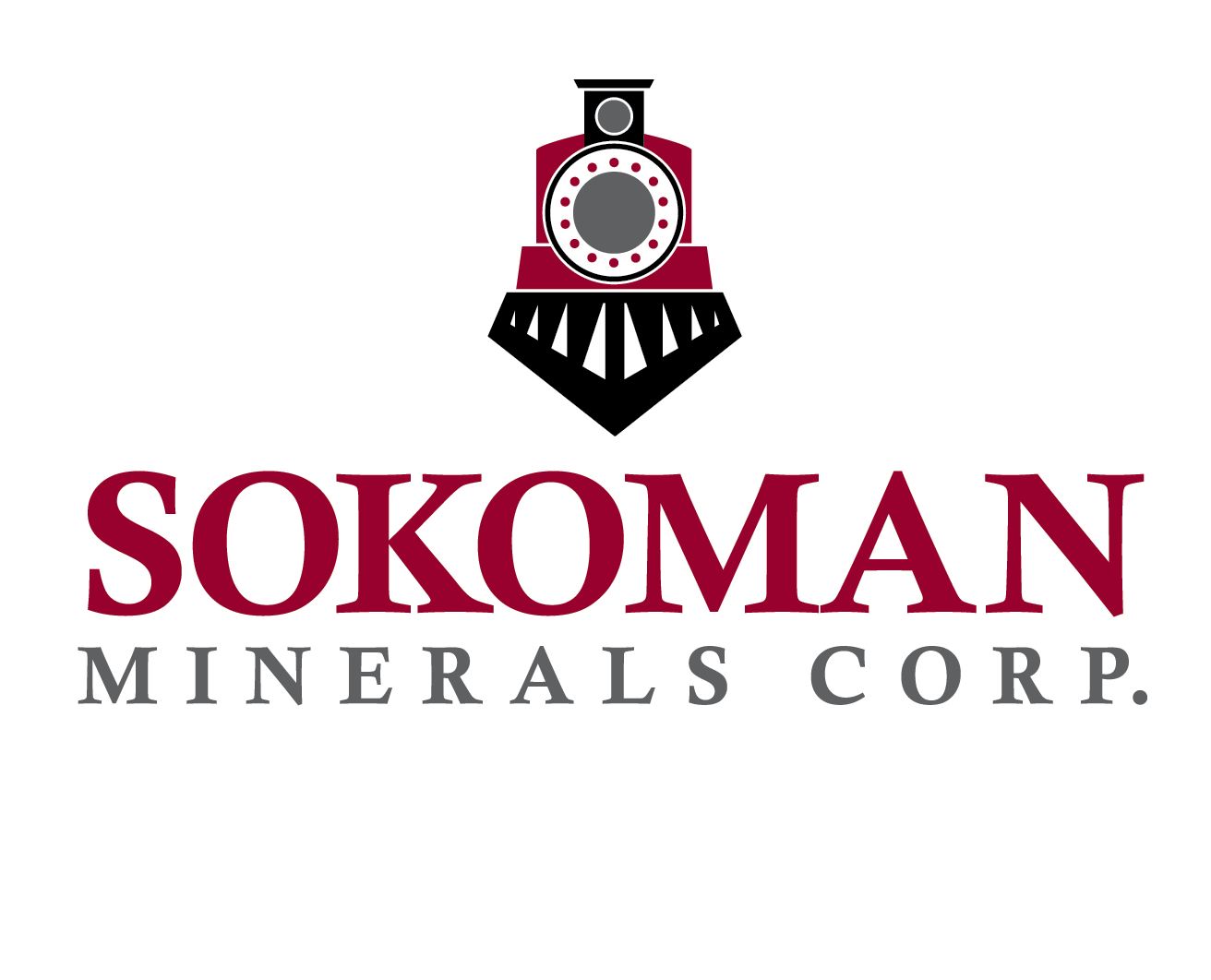
Startrek Project (Optioned to
Thunder Gold)
Project Summary
The Startrek Property is located 20 km east of the town of Gander, Newfoundland and Labrador, Canada and 70 km northeast of the idle Beaver Brook Antimony mine in north-central Newfoundland. The property consists of 40 claims (1000 ha) that are accessed via the now-abandoned rail bed which runs through the southern portion of the property.
The underlying property geology consists of Cambrian/Ordovician pelitic sediments and graphitic shale of the Gander Group which to the south are in contact with a Devonian granite. Numerous antimony (Sb), gold (Au), tungsten (W), and arsenic (As) showings are located within 1 km to 2 km of the granite contact.
During the late 1980s, the Geological Survey of Newfoundland conducted a regional lake sediment geochemistry survey, the results of which identified a number of highly elevated Sb anomalies in the immediate area of the property. The results from the government survey attracted Noranda Exploration who carried out reconnaissance scale soil sampling on 400 m spaced lines. Noranda outlined six separate Sb and Au anomalies, with the largest being 300 m wide and 2.2 km long with peak values of 365 ppm Sb. Noranda eventually dropped the property and the ground was acquired by Rubicon Minerals Inc.
From 2000 to 2006, Rubicon completed prospecting, trenching, and diamond drilling (five widely spaced holes) and identified two mineralized trends named the Startrek and the Stallion, that returned locally strongly anomalous values in Sb, As, and Au. Rubicon eventually dropped the ground which was re-staked by local prospectors who subsequently discovered through trenching several significant Sb showings. In the same area, a number of large (> 1.0 sq. m) boulders were found assaying up to 2.6% Sb.
After acquiring the property in 2014, Sokoman completed ground magnetics, soil sampling, and trenching. In 2016, a three-hole diamond drilling program returned anomalous values in Sb and Au.
Due to budgetary limitations, a large number of Sb and Au targets were not tested by Sokoman. In early 2019, Sokoman announced that it had optioned the property to White Metal Resources Inc., which has committed to further exploration on the property, mainly focused on the gold potential. Sokoman retains a 1 % NSR on the property. The Royalty may be purchased for a combination of Cash and Shares.
White Metal has since changed its name to Thunder Gold and is working on the Tower Gold Property in the Thunder Bay area, and had announced that its joint venture partner Leocor Gold Inc. (“Leocor”) has received exploration approvals for ground geophysics, line cutting, GT Probe drilling (100 holes), and RAB drilling (10 holes), on the Startrek Property (the “Property” or the “Project”), located about 20 km east of the town of Gander, in the province of Newfoundland and Labrador, and covering about 6,487 hectares. Leocor optioned the Property from White Metal in October 2020 and can earn up to 70% in the Property (see Thunder Gold news release dated October 14, 2020). The Property has been historically prospected for gold and more recently, since 2014, for its base metal and antimony potential.
Newfoundland has seen a flurry of exploration activity during the past year with the discovery by New Found Gold Corp. at the Keats Zone. The Startrek Property has a lot of untested gold zones that have seen little or no detailed exploration work.
The Project contains three areas of interest, the Western, Central and Eastern zones. More than 50 gold occurrences have been discovered on the Property through historical trenching and grab samples:
Historic Results
Western Zone: Quartz stockwork and veins that at times, crosscut local stratigraphy. Rubicon Minerals Inc. reported anomalous “gold in rock” grab samples occurring periodically over the 2 km strike length. Numerous small folds were observed in the sedimentary host rock but due to the thin cover, it was difficult to determine if there was epithermal veining present. Rock grab sampling (nine samples) by Thunder Gold (formerly White Metal Resources) returned assays ranging from <5 ppb to 3582 ppb Au (3.6 g/t Au). This area contained up to 0.83% Sb (antimony)
Central Zone: One grab sample assayed 40942 ppb Au (40.9 g/t Au) and 6700 ppb Ag (6.7 g/t Ag). The intriguing feature of this horizon is the epithermal vein system contains geyserite (opaline silica), lattice-type veining, and fluorite in the historical Rubicon trenches. The epithermal veins can be traced for approximately 2 km along strike.
Eastern Zone: This zone can be traced intermittently for 2 km and is described as intensely silicified with tourmaline and chlorite alteration, abundant arsenic and anomalous tungsten (W), and gold. Assays from two areas within this zone, Garlic Hill and Creek One, range from 12 ppb to 3.5 ppb Au and average 130 ppb Au. At Garlic Hill, a 10 to 12-metre-wide zone of silicification contains abundant arsenic and returned assays up to 305 ppb Au.
Highlights
Several significant Sb showings with grab sampling yielding assay results up to 3.80% Sb, and channel sampling returning 5.0 m of 0.67% Sb
Trenching in 2015 exposed the Red Fox Zone directly below a 1600 ppm Sb soil anomaly. Channel sample results returned strong 1.45% Sb values over 3.25 m, including 3.10% Sb over 1.25 m
The highest assay results from the 2016 diamond drilling program include a 1.0 m section that returned 1.62% Sb within a 5.0 m wide section that averaged 0.38% Sb

